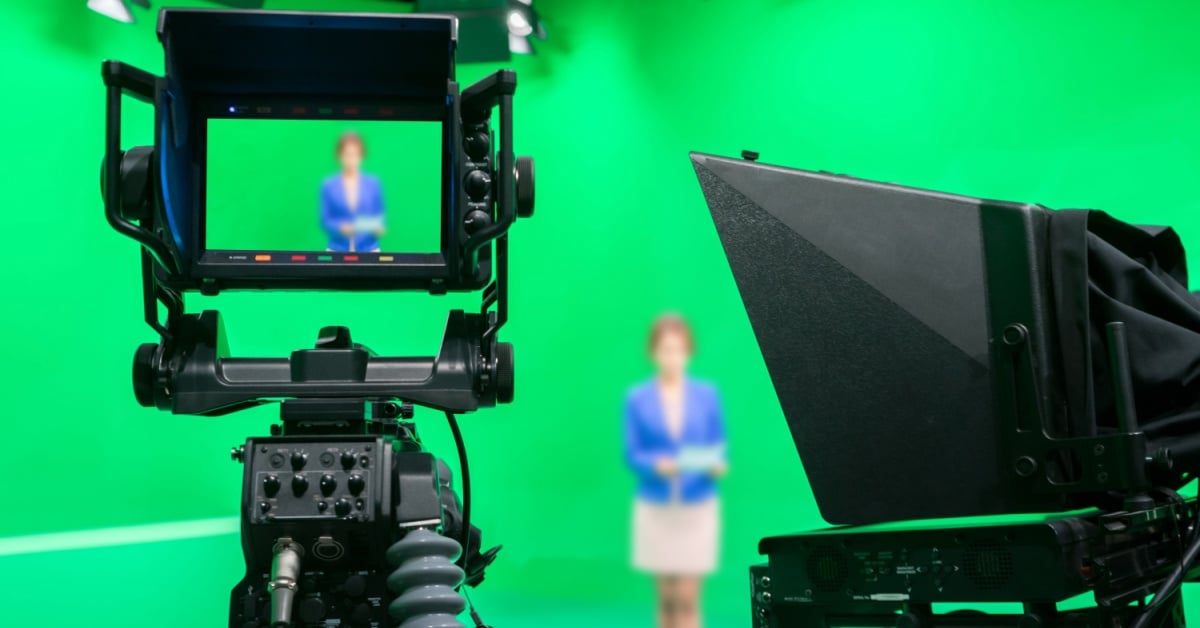
"Instead it rendered video pixels to a graphics surface shared with the graphics card and told the graphics card that whenever a green pixel was written to the screen, a video pixel from the shared graphics surface should be written instead. First, the pixel format didn't need to be the same - you could specify that the shared graphics surface had a pixel format that matched the video, so no need for any pesky conversion."
"Rather than the video frame, users would get whatever Windows had provided the graphics card to use for its overlay. "These special surfaces were called 'overlays'," said Chen, "because they appeared to overlay the desktop." "Your screenshot was a screenshot of the desktop screen, and it contains green pixels where the video would go." Opening the image in Paint meant Windows sent those green pixels to the graphics card."
Windows used a chroma-key overlay technique where video pixels were rendered to a shared graphics surface and the graphics card substituted video pixels wherever a specific green color was written to the screen. This allowed matching pixel formats and updating video without full paint cycles, improving performance and enabling double-buffered overlays to prevent tearing. Screenshots captured the desktop with green overlay pixels rather than the video frame, and pasting into Paint caused those green pixels to be sent to the graphics card, which could then be replaced by live video pixels if the overlay remained active while the media player ran.
Read at Theregister
Unable to calculate read time
Collection
[
|
...
]